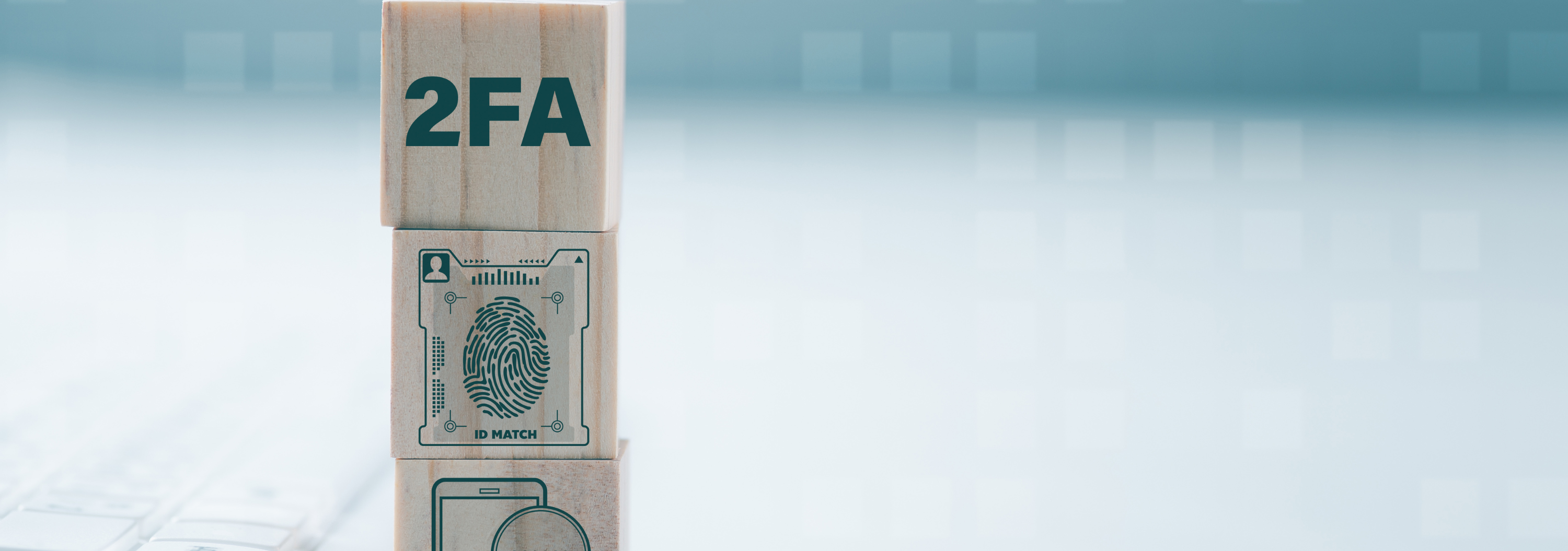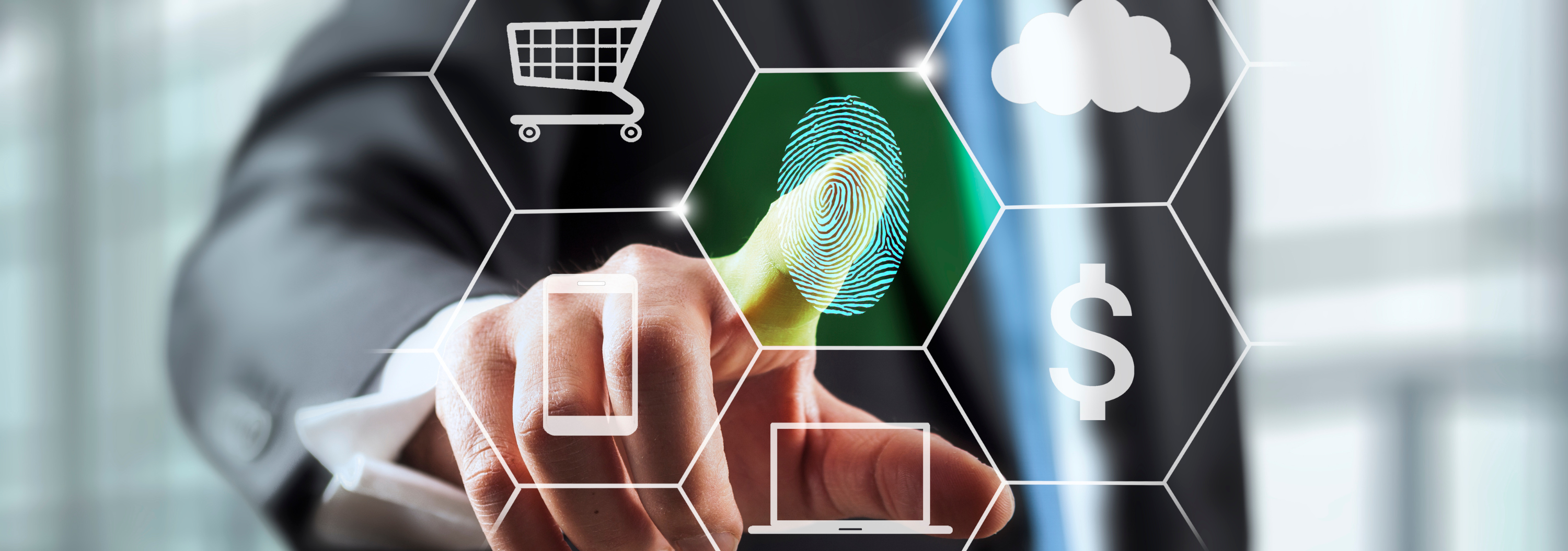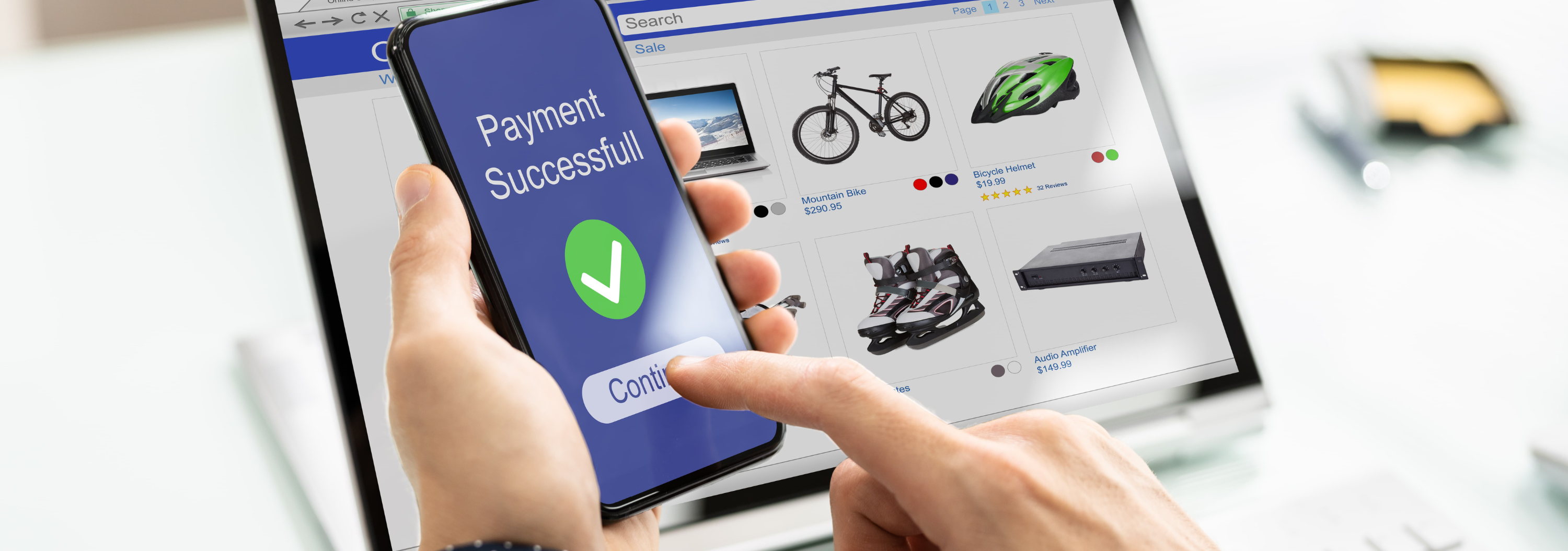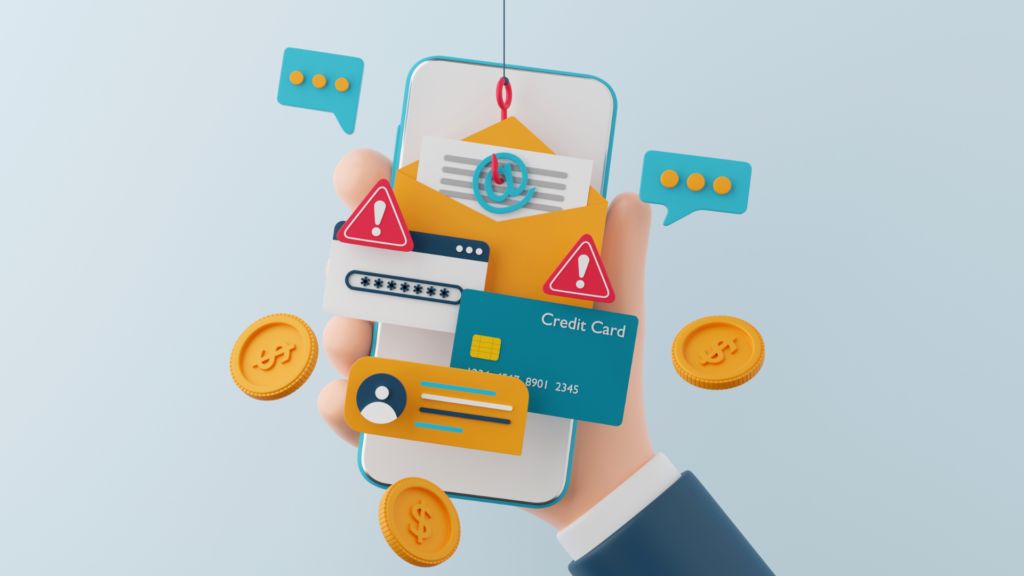Cybersecurity best practices are a critical component in safeguarding your personal information and maintaining your privacy. Every day, we engage in a multitude of online activities, from interacting on social media to executing transactions via online banking. Each of these actions exposes us to potential cyber threats, and this exposure underscores the crucial need for robust cybersecurity measures. Rather than just protecting our devices, cybersecurity is about ensuring the safety of our sensitive data and personal information stored on these devices and online platforms. As we become increasingly reliant on digital platforms and store more valuable data online, we inadvertently make ourselves attractive targets for cybercriminals. This reality makes adhering to cybersecurity best practices not just advisable but absolutely necessary for our digital safety and freedom.

Cybersecurity is not just about protecting our devices; it’s about safeguarding our personal information and privacy. As we increasingly store sensitive data on our devices and online platforms, we become attractive targets for cybercriminals. Therefore, cybersecurity measures are crucial to keep our data safe and maintain our digital freedom.
The Landscape of Recent Cybersecurity Threats
In recent years, we’ve seen an alarming increase in cyber threats targeting individuals. Ransomware attacks, phishing scams, data breaches, identity theft – these are not just buzzwords but real threats that have affected millions of people worldwide.

In 2021 alone, several high-profile cyberattacks made headlines. For instance, the SolarWinds hack exposed the data of thousands of organizations, while the Colonial Pipeline ransomware attack demonstrated how cyber threats could disrupt critical infrastructure.
These incidents underline a harsh reality – no one is immune to cyber threats. Regardless of how tech-savvy we are, we are all potential targets. Cybercriminals continuously evolve their tactics, exploiting new vulnerabilities, and capitalizing on our lack of awareness.
Understanding these threats is the first step toward effective protection. We must stay informed about the latest types of attacks and how they can affect us. By doing so, we can arm ourselves with the knowledge and tools necessary to navigate the digital world safely. In the following sections, we will delve into the top cybersecurity best practices every individual should follow to fortify their online presence against these evolving cyber threats.
Defining Cybersecurity
Cybersecurity, at its core, refers to the practice of safeguarding internet-connected systems. This includes hardware, software, and data from cyber threats. It involves implementing measures to prevent unauthorized access, use, disclosure, disruption, modification, or destruction of information.
The Significance of Cybersecurity for Individuals
Moving on to the significance, cybersecurity holds immense importance for individuals. In today’s digital age, our lives are intertwined with the online world. We shop online, manage our finances, communicate, and even work remotely using internet-connected devices.

Consequently, we store a plethora of personal and sensitive information online. This includes our names, addresses, financial details, and more. This data, if fallen into the wrong hands, can lead to severe consequences such as identity theft or financial loss.
Cybersecurity is our shield against these potential threats. It provides us with the tools and strategies necessary to protect our personal information from cybercriminals. Implementing robust cybersecurity measures helps maintain our privacy, ensuring we can enjoy the benefits of the digital world without fear.
Furthermore, as the sophistication of cyber threats continues to grow, so does the need for advanced cybersecurity. Each day, hackers are devising new ways to infiltrate systems and steal data. Therefore, staying one step ahead is crucial.
By understanding cybersecurity, we can better equip ourselves to face these threats. We can make informed decisions about the security of our devices and the data we share online. In essence, cybersecurity empowers us to take control of our digital lives, promoting a safer online environment for everyone.
Practice #1: Regular Software Updates
The Necessity of Keeping Software Updated
Keeping software updated is a fundamental aspect of cybersecurity. It’s not just about accessing new features or improving performance. Rather, updates often include patches for security vulnerabilities that cybercriminals could exploit.

Updates as a Shield Against Security Vulnerabilities
When developers discover a security flaw in their software, they create a fix or ‘patch’. This patch is then distributed through an update. By regularly updating your software, you’re essentially applying these patches and closing off potential entry points for hackers.
But why is this crucial? Imagine your software as a fortress. Each vulnerability is like a crack in the wall which invaders (hackers) can use to breach your defenses. Updates are the repair crew, fixing these cracks and reinforcing your walls.
Not updating your software leaves these cracks unattended. This gives cybercriminals an opportunity to exploit them, leading to potential data breaches, malware infections, and other cyber threats.
Regular software updates are more than just routine maintenance. They are a proactive measure in your cybersecurity strategy, helping to shield your digital life from known security vulnerabilities. Always ensure your devices are running the latest software versions to maintain a strong line of defense against cyber threats.
Practice #2: Robust Passwords
Creating a Strong and Secure Password
A strong, secure password is your first line of defense in the digital world. So, what makes a password strong? It should be unique, lengthy, and a mix of characters. Include uppercase and lowercase letters, numbers, and special symbols. Avoid using personal information that others might easily guess or find out.

Changing Passwords Regularly and Avoiding Reuse
Next, let’s talk about password habits. Changing passwords regularly and avoiding reuse are key practices. Why? Hackers often use ‘brute force’ attacks, trying countless combinations until they crack your password. Regular changes help keep them at bay.
Moreover, reusing passwords across different platforms is risky. If one account gets compromised, all your accounts become vulnerable. To avoid this, use a unique password for each account.
Adopting robust password practices is an essential cybersecurity measure. It not only strengthens your digital security but also reduces the chances of unauthorized access to your personal information. Always remember, your password is like a key to your digital life. Make sure it’s hard to replicate and change it often.
Practice #3: Two-Factor Authentication
Understanding Two-Factor Authentication
Two-factor authentication, often shortened to 2FA, is a security measure that adds an extra layer of protection to your online accounts. It works by requiring two types of identification before you can access your account. The first is something you know, like your password. The second is something you have, such as a unique code sent to your phone or email.

The Protective Role of Two-Factor Authentication
So, how does 2FA protect your personal information? By adding this second layer, it becomes significantly harder for cybercriminals to gain unauthorized access to your accounts. Even if they manage to crack your password, they still need the second factor – the unique code – which is much harder to obtain.
In essence, 2FA acts as a double lock on your digital doors, keeping your personal information safe from intruders. It’s like having a guard dog in addition to your home’s lock. Even if a thief manages to pick the lock, they still have to get past the dog.
Enabling two-factor authentication on all your online accounts is a powerful way to enhance your cybersecurity. It may add an extra step to your login process, but the added security it provides is well worth the minor inconvenience. Remember, in the realm of cybersecurity, it’s always better to be safe than sorry.
Practice #4: Secure Wi-Fi Connections
The Importance of Secure and Reliable Wi-Fi Networks
In the digital age, secure and reliable Wi-Fi networks are a necessity. They provide the backbone for our online activities, from banking to shopping to communication. A secure network encrypts your data, making it harder for cybercriminals to intercept and misuse it.

Risks of Public Wi-Fi Networks and How to Avoid Them
Public Wi-Fi networks, while convenient, come with risks. They often lack proper security measures, making it easy for hackers to snoop on your online activities or even access your personal information.
To avoid these risks, refrain from conducting sensitive transactions on public Wi-Fi. If you must use a public network, consider using a Virtual Private Network (VPN). A VPN encrypts your data, making it unreadable to anyone who might be snooping.
Always prioritize secure Wi-Fi connections. It’s an essential step in safeguarding your online activities and protecting your personal information. Remember, when it comes to cybersecurity, the type of network you connect to can make all the difference. Be smart with your choices and stay safe.
Practice #5: Regular Data Backups
The Essential Habit of Regular Data Backup
Regular data backups are your safety net in the digital world. Why? They protect your valuable data from various threats – be it a hardware failure, a virus attack, or a ransomware threat. If disaster strikes, you can restore your data from these backups, minimizing loss and disruption.

Options for Secure Data Backup
When it comes to backing up your data securely, you have several options. You can use external hard drives or USBs, but remember to store them safely. Alternatively, you can use cloud services, such as Google Drive or Dropbox. These platforms encrypt your data and store it in secure servers, accessible from anywhere, anytime.
Regular data backups are an essential cybersecurity best practice. They’re your insurance policy against data loss and should be part of your routine digital maintenance. Remember, it’s not a question of if you’ll need a backup, but when. So, make sure you’re prepared.
Practice #6: Beware of Phishing Scams
Understanding Phishing Scams
Phishing scams are deceitful tactics that cybercriminals use to trick you into revealing personal information. They typically work by sending fake emails or messages that appear to be from trusted sources, like your bank or a popular website. These messages often ask you to confirm your details or click on a link, which leads to a fraudulent site designed to steal your information.

Tips to Identify and Avoid Phishing Scams
To avoid falling victim to phishing scams, be vigilant. Here are some tips:
- Check the sender’s email address carefully. If it looks suspicious or doesn’t match the official domain of the supposed sender, it’s likely a scam.
- Be wary of emails asking for personal information, especially if they create a sense of urgency.
- Never click on links in suspicious emails. Instead, go directly to the official website by typing the URL into your browser.
Stay alert to the threat of phishing scams. They are a common cybercrime tactic, but with awareness and caution, you can protect yourself. Remember, when in doubt, don’t click!
Practice #7: Use of Firewalls and Antivirus Software
The Role of Firewalls and Antivirus Software in Cybersecurity
Firewalls and antivirus software play a crucial role in cybersecurity. They serve as your first line of defense, blocking malicious traffic and detecting threats before they can harm your system. A firewall controls network traffic, while antivirus software scans for and removes malicious programs.

Choosing Reliable and Effective Software
To ensure robust protection, choose reliable and effective software. Here are some tips:
- Opt for reputable brands. They have a proven track record in detecting and neutralizing threats.
- Ensure the software offers real-time protection. This feature constantly monitors your system for threats.
- Regularly update your software. Updates often include patches for newly discovered vulnerabilities.
Using firewalls and antivirus software is a fundamental cybersecurity practice. They offer vital protection against a range of cyber threats. Remember, investing in good-quality protection software is an investment in your digital safety.
Practice #8: Regular System Scans
Why Regular System Scans Matter
Regular system scans for malware and viruses are crucial for maintaining cybersecurity. They help detect hidden threats that might have bypassed your firewall or antivirus software. By identifying and removing these threats, you prevent potential damage to your system and data.

Effective Execution of System Scans
Performing system scans effectively requires a few steps:
- Use reliable antivirus software. It should have the capability to detect a wide range of threats.
- Schedule regular scans. Depending on your use, weekly or bi-weekly scans are usually sufficient.
- Don’t ignore the scan results. If the software flags potential threats, take immediate action.
Regular system scans are an indispensable part of cybersecurity. They offer another layer of protection, helping you stay one step ahead of cyber threats. Remember, prevention is better than cure, especially when it comes to cybersecurity.
Practice #9: Safe Online Shopping Practices
Understanding Risks and Practicing Safe Online Shopping
Online shopping, while convenient, comes with its own set of risks. Cybercriminals may attempt to steal your financial information or personal details.

To shop safely online, follow these tips:
- Shop on secure websites. Look for “https” in the URL, indicating the site uses encryption to protect your data.
- Be wary of deals that seem too good to be true. They often are.
- Avoid using public Wi-Fi for online shopping. These networks can be easily compromised.
The Importance of Secure Payment Methods
Secure payment methods are a crucial aspect of safe online shopping. They prevent unauthorized access to your financial details. Here are some tips:
- Use credit cards instead of debit cards. They usually offer better fraud protection.
- Consider using digital wallets or payment apps. They add an extra layer of security by not sharing your card details with the seller.
- Always log out after completing your purchase.
Safe online shopping practices are an important part of cybersecurity. By being cautious and using secure payment methods, you can enjoy the convenience of online shopping without compromising your security. Remember, your safety is in your hands.
Practice #10: Educate Yourself
The Power of Continuous Learning in Cybersecurity
Continuous learning is key to staying ahead of cyber threats. As cybercriminals become more sophisticated, you must keep updating your knowledge. Understanding the latest threats and protection methods helps you safeguard your digital presence effectively.

Resources for Staying Updated on Cybersecurity Trends and Threats
Staying updated on cybersecurity trends and threats is essential. Here are some resources:
- Cybersecurity blogs and news sites: These platforms provide insights into recent cyber threats and protection strategies.
- Webinars and online courses: They offer a deeper understanding of cybersecurity concepts.
- Social media: Following cybersecurity experts on platforms like Twitter can keep you informed about the latest developments.
Educating yourself is a vital cybersecurity practice. It empowers you to protect yourself in the ever-evolving digital landscape. Remember, knowledge is power, especially in the realm of cybersecurity.
Practical Steps to Start
To start implementing these best practices, follow these steps:
- Install reliable antivirus software and perform regular system scans.
- Create complex passwords and update them frequently.
- Be cautious while shopping online and use secure payment methods.
Overcoming Cybersecurity Challenges
Maintaining cybersecurity can present challenges. Here’s how to overcome them:
- Stay updated: Cyber threats are constantly evolving, so continuous learning is key.
- Regular audits: Conduct regular checks to ensure all security measures are functioning properly.
Recapping the Importance and Benefits
Following these cybersecurity best practices is crucial. They provide a robust defense against cyber threats, protect your personal information, and ensure a safer digital experience.
Prioritizing Online Security
It’s essential for individuals to prioritize their online security. Cyber threats are real and can cause serious harm. By following these best practices, you can safeguard your digital presence effectively. Remember, in the world of cybersecurity, prevention is always better than cure.

